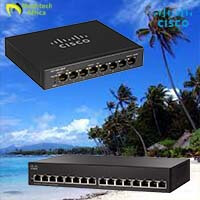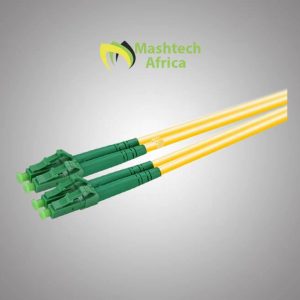Fibre Fusion Splicing Machine AI-9 Signal Fire
6 in stock
- Used for FTTH and ordinary fiber project
- Core to core alignment by PAS technology
- 8 sec splicing time and 30 sec heat time
- 300 X or Y view, 200 X and Y view
- 5 inch digital high-quality LCD screen, observe X and Y view at same time
- Three in one fixture, splicing single fiber, cable indoor and pig tail
- Built-in large capacity lithium battery of 200 times splicing and heating
- Small size and lightweight, 2.1KG including battery
SKU: FFSM-Al-9
$854.11 $870.37
6 in stock
Compare-
Splicing
Fibre Fusion Splicing Machine AI-9 Signal Fire
- Used for FTTH and ordinary fiber project
- Core to core alignment by PAS technology
- 8 sec splicing time and 30 sec heat time
- 300 X or Y view, 200 X and Y view
- 5 inch digital high-quality LCD screen, observe X and Y view at same time
- Three in one fixture, splicing single fiber, cable indoor and pig tail
- Built-in large capacity lithium battery of 200 times splicing and heating
- Small size and lightweight, 2.1KG including battery
SKU: FFSM-Al-9
SKU: FFSM-Al-9 -
It is fully qualified with 100 km trunk construction, FTTH project, security monitoring and other fiber cable splicing projects. The machine uses industrial quad-core CPU and is currently one of the fastest fiber splicing machine in the market; with a 5-inch 800X480 high-resolution screen, the operation is simple and intuitive. 6 seconds speed core alignment splicing, 15 seconds heating, the working efficiency increased by 50% compared to ordinary splicing machines.
Complete with workers stool and full required tool kit for work, the splicer is suitable for use with SM, MM, bare fiber, pigtail, rubber-insulated and multi-fiber cable.
| Brands | Fibre Optics |
|---|
How does a fusion splicer work?
Before optical fibers can be successfully fusion-spliced, they need to be carefully stripped of their outer jackets and polymer coating, thoroughly cleaned, and then precisely cleaved to form smooth, perpendicular end faces. Once all of this has been completed, each fiber is placed into a holder in the splicer’s enclosure. From this point on, the fiber optic fusion splicer takes over the rest of the process, which involves 3 steps:
Alignment: Using small, precise motors, the fusion splicer makes minute adjustments to the fibers’ positions until they’re properly aligned, so the finished splice will be as seamless and attenuation-free as possible. During the alignment process, the fiber optic technician is able to view the fiber alignment, thanks to magnification by optical power meter, video camera, or viewing scope.
Impurity Burn-Off: Since the slightest trace of dust or other impurities can wreak havoc on a splice’s ability to transmit optical signals, you can never be too clean when it comes to fusion splicing. Even though fibers are hand-cleaned before being inserted into the splicing device, many fusion splicers incorporate an extra precautionary cleaning step into the process: prior to fusing, they generate a small spark between the fiber ends to burn off any remaining dust or moisture.
Fusion: After fibers have been properly positioned and any remaining moisture and dust have been burned off, it’s time to fuse the fibers ends together to form a permanent splice. The splicer emits a second, larger spark that melts the optical fiber end faces without causing the fibers’ cladding and molten glass core to run together (keeping the cladding and core separate is vital for a good splice – it minimizes optical loss). The melted fiber tips are then joined together, forming the final fusion splice. Estimated splice-loss tests are then performed, with most fiber fusion splices showing a typical optical loss of 0.1 dB or less.































There are no reviews yet.